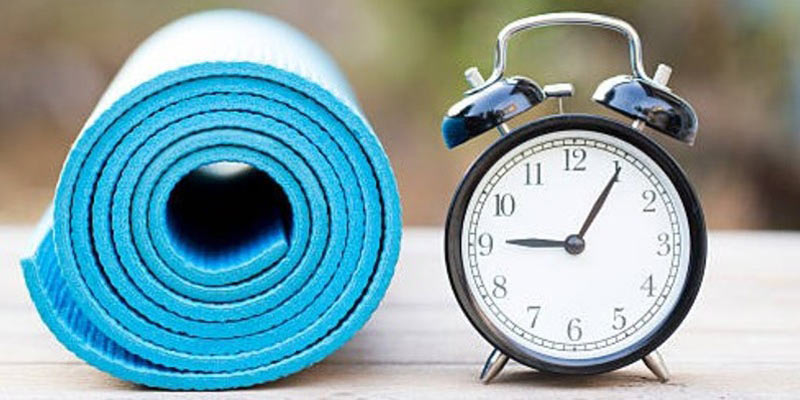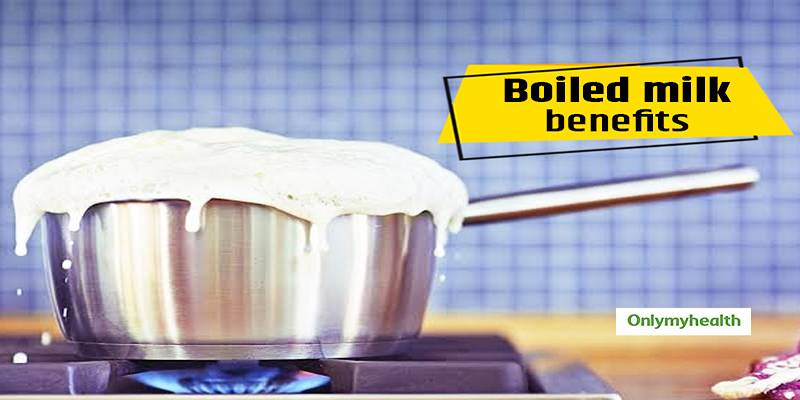4 Key Nutrients That Might Be Blocking Your Body's Calcium Absorption
Feb 21, 2024 By Nancy Miller
Although everyone wants to live healthily, misinformation can derail them. Maintaining a calcium powder rich diet into your sixties and beyond is common advice, especially among older people. Elderly active lifestyles require bone health. Good intentions can lead to unhealthy food choices. Sometimes, what's good for our bones is bad. At risk are 10 million Americans with osteoporosis and 44 million with low bone density, according to the National Osteoporosis Foundation. Dietary balance is crucial for bone health.
Over 20% of Brits don't know what to eat for strong bones, claims a study. Staying away from foods that weaken bones is as important as getting calcium and vitamin D. Calcium loss from salty diets is an example. Americans consume an average of 3,400 mg of sodium daily, compared to the American Heart Association's 2,300 mg.
Phytates
The consumption of foods rich in fiber is commonly perceived as advantageous due to the presence of phytates. Phytates can hinder the body's best form of calcium for absorption from alternative dietary sources. This is an essential determinant to contemplate about nutritional equilibrium. Cereal and milk, macaroni and cheese, and baked beans with milk can be destructive. Tasteful combinations may be harmful. The body absorbs less calcium from phytate-containing foods.
Recent studies have highlighted this. A 2020 "Journal of Nutrition" study found that phytate-rich diets reduce calcium absorption by 20-30%. This is worrisome because calcium strengthens bones. Low calcium consumption worsens osteoporosis, which affects 10 million Americans, according to the National Osteoporosis Foundation.
In African and Asian countries, cereal-based totally diets are related to calcium deficiency, in keeping with WHO records. Phytate-rich cereals inhibit the best form of calcium for absorption. Reduce those results with a balanced weight loss plan. Eat a variety of ingredients, and don't forget how meal combos affect nutrient absorption, say nutritionists. Foods high in nutrition C can lessen phytates.
Oxalic Acid

It is critical to be aware that oxalic acid-sufficient food sources can inhibit the best form of calcium for absorption in the body. This occurs because oxalic acid binds to calcium, reducing calcium accessibility in the body. For example, a widely ingested vegetable, spinach, carries vast amounts of oxalic acid. This suggests that its efficient utilization is hindered despite the calcium in spinach. Liquid calcium supplementary suppliers of oxalic acid, other than spinach, comprise beet veggies and candy potatoes.
Given the numerous fitness benefits of calcium, such as its fundamental contribution to maintaining and repairing healthy bones and nerve function, it's of the utmost importance to grasp these dietary interactions. According to the National Institutes of Health, the daily calcium requirement for adults is between 1,000 and 1,200 milligrams. However, diverse meal resources prompt massive variations within the calcium powder absorption rate. An example of this phenomenon can be found in spinach's drastically dwindled calcium absorption, which is about 5%. Additionally, oxalic acid-containing food consumption varies by country. US consumption of sweet potatoes and spinach has increased over the past decade. This diet change is beneficial but raises questions about how most people absorb calcium.
Protein
Protein, especially blood calcium levels, is studied for health benefits. Overeating protein is thought to cause the kidneys to excrete more calcium. Unfortunately, this is not the full story. According to some research, protein may improve calcium absorption. When considering dietary decisions, knowing particular food combinations that may affect calcium levels is critical. Combining beef stew and milk or consuming milk with chili or steak are potentially suboptimal combinations. Milk ought to be consumed in a separate container when consuming these foods.
Recent studies have extended our understanding of the complex relationship between calcium and protein. An investigation published in the "American Journal of Clinical Nutrition" in 2018 revealed that while a correlation did exist between a substantial protein intake and heightened urinary calcium excretion, no absolute adverse effects on bone health were observed. Indeed, protein facilitates the formation of considerable bone mass. Consistent with the recommendations of the National Osteoporosis Foundation, adequate protein consumption is critical for bone health, alongside calcium powder and vitamin D.
Dietary patterns influence the variation in protein and calcium intake among individuals across the globe. In countries with a generally high protein intake, such as the United States, concerns regarding excessive calcium loss may be of greater prominence. As established by the U.S. Department of Agriculture (USDA), the daily protein intake recommendation for adults ranges from 46 to 56 grams and varies by gender and age.
A global health study published in 2020 suggests that regions of Asia and Africa with comparatively low protein consumption may have a diminished significance as an interface between proteins and calcium. Notwithstanding, for the sake of general health, adequate protein consumption is frequently emphasized in these regions.
Fibers

It is essential to acknowledge that the concurrent consumption of beer, cheese, liquid calcium supplements, and salty snacks may negatively impact a person’s bone fitness. Both liquor and sodium-rich foods can result in calcium loss in bodily weight-height mass. A severe complication may result from a calcium deficiency, which is crucial for bone fitness. Calcium is capillary extracted due to a depletion of the body's calcium shops. Bone porosity can be induced through this process by reducing their strength. In extreme instances, this decline in bone health can potentially result in osteoporosis, a pathological condition distinguished by porous and brittle bones.
Research has shown that excessive liquor consumption can interfere with the stability of calcium inside the body. According to a study published in the American Journal of Clinical Nutrition, heavy drinkers have a better hazard of bone fractures due to decreased bone density. This is especially concerning because the National Osteoporosis Foundation reviews that approximately 10 million Americans have osteoporosis. In contrast, some other forty-four million have low bone density, increasing their hazard of fractures.
Moreover, the high salt content in snacks like chips and pretzels can exacerbate this problem. The National Institutes of Health have highlighted that diets excessive in sodium can cause immoderate calcium powder excretion via the kidneys. This is troubling, considering the common American weight-reduction plan includes about 3,400 mg of sodium in step with day, substantially higher than the advocated restriction of 2300 mg.

Squash Seeds and Their Advantages - A Beginner's Guide

Kickstart Your Yoga Journey with a Sun Salutation Warm-up

Is hummus with celery a weight-loss-friendly snack? Find out here

Accelerated Weight Loss: Discover the Best Foods, Diets, and Strategies

Maximize Your Efforts: 6 Common Workout Mistakes You Should Avoid

Revolutionize Your Fitness Journey with 5-Minute Workouts

Exploring Health Benefits of Boiling Water


